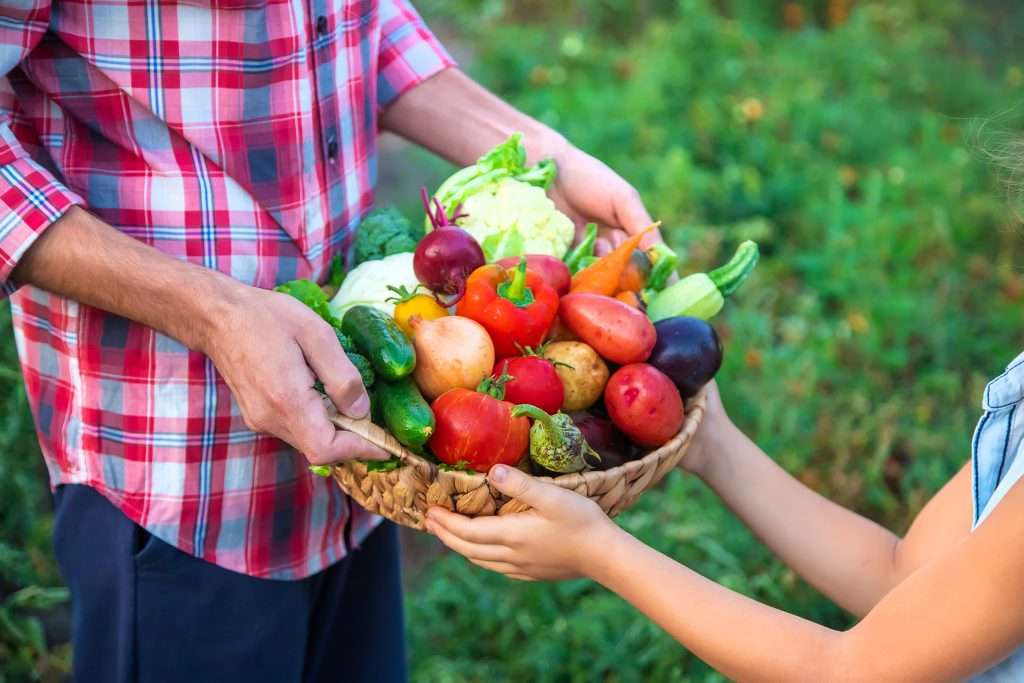
Feeling helpless in the face of climate change? Do you want to take action but don’t know where to start?
Look no further than permaculture, the philosophy that can turn your garden into a healing force for the planet. In this blog post, we’ll explore practical examples of how permaculture can be applied to your everyday life.
Get ready to feel inspired and empowered to make a positive impact on our world.
Climate Change
Climate change is one of the biggest challenges humanity faces today. Global temperatures are rising, sea levels are increasing, and extreme weather events are becoming more frequent and severe.
The main cause of climate change is the release of greenhouse gases into the atmosphere, which primary sources are human activities, including burning fossil fuels for energy, deforestation and land-use changes, agriculture and livestock production, and industrial processes.
While natural factors such as volcanic eruptions and changes in the sun’s intensity can also influence the climate, they are not the primary cause of the rapid and dramatic changes that are being observed today.
As a result, there is a pressing need to reduce our carbon footprint and transition to more sustainable ways of living.

Permaculture offers a solution to climate change and environmental degradation by promoting regenerative practices.
By designing systems that work with nature rather than against it, permaculture can help restore damaged ecosystems and promote biodiversity.
For example, permaculture gardens use organic methods to improve soil health and reduce the use of chemicals. This not only benefits the plants but also the animals that live in and around the garden.
Loss of Biodiversity
The loss of biodiversity is another major challenge facing our planet. According to the World Wildlife Fund, the global wildlife population has declined by 68% since 1970. This loss of biodiversity is mainly due to habitat destruction, pollution, and climate change. As we lose more and more species, we also lose the important ecosystem services they provide, such as pollination and pest control.
Permaculture can help restore biodiversity by creating habitat for wildlife and promoting regenerative practices. For example, planting a diversity of plants in a permaculture garden can attract a range of pollinators and beneficial insects.
Permaculture systems also use techniques such as rainwater harvesting, swales, and other water conservation strategies to reduce water usage, minimize runoff and soil erosion. This can help to support local biodiversity by ensuring that there is enough water available for plants and wildlife to thrive.
Why Permaculture is Gaining Popularity
Permaculture is becoming more and more popular as people become increasingly aware of the need for sustainable living. Permaculture offers a way to create sustainable food systems, reduce waste, and promote regenerative practices. Many people are also drawn to permaculture because it promotes community building and social connection.
Permaculture is also gaining popularity because it is a flexible and adaptable design system. It can be applied in a range of contexts, from urban rooftops to rural farms. Permaculture also encourages experimentation and innovation, allowing people to create systems that work for their specific needs and circumstances.
Practical Examples for Everyday Life
There are many ways that you can put permaculture principles into practice in your daily life, even if you don’t have a large property or access to a garden. Here are some ideas to get you started:
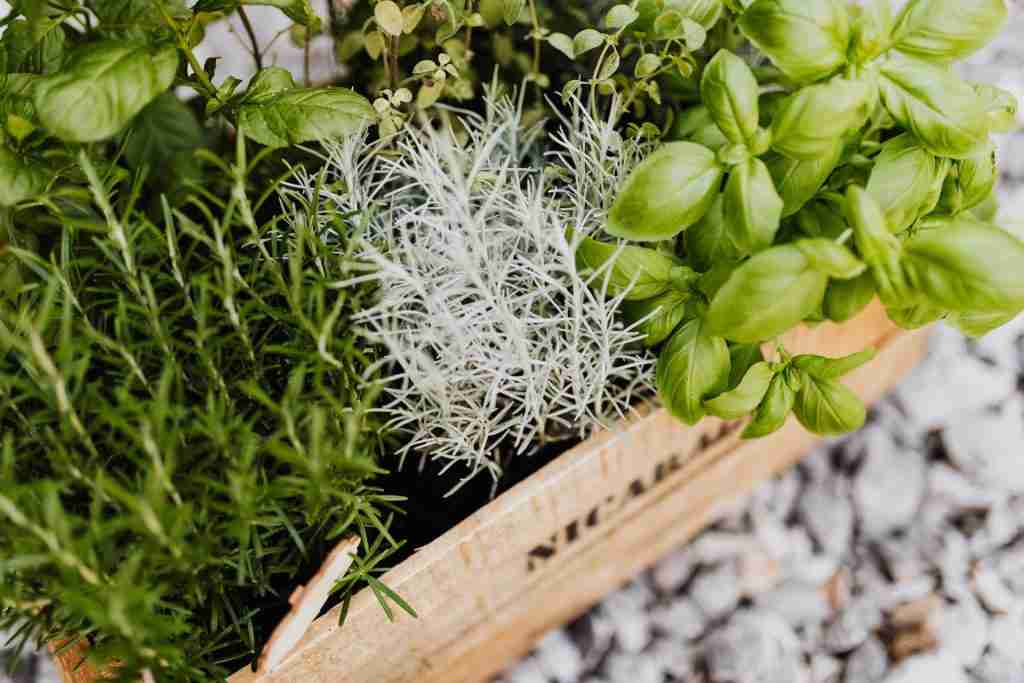
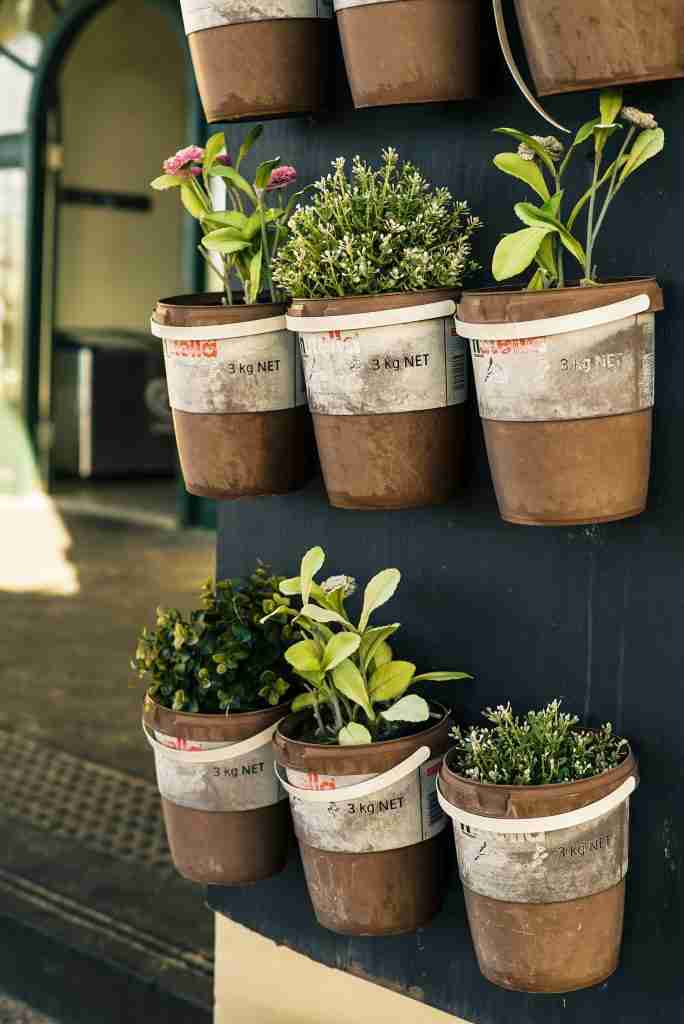
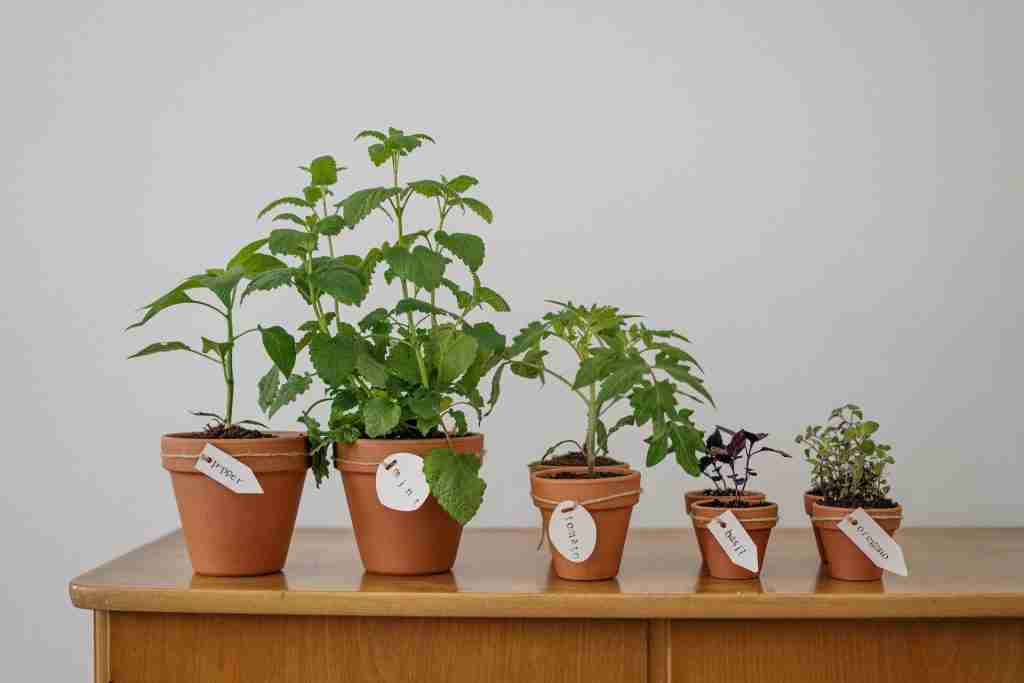
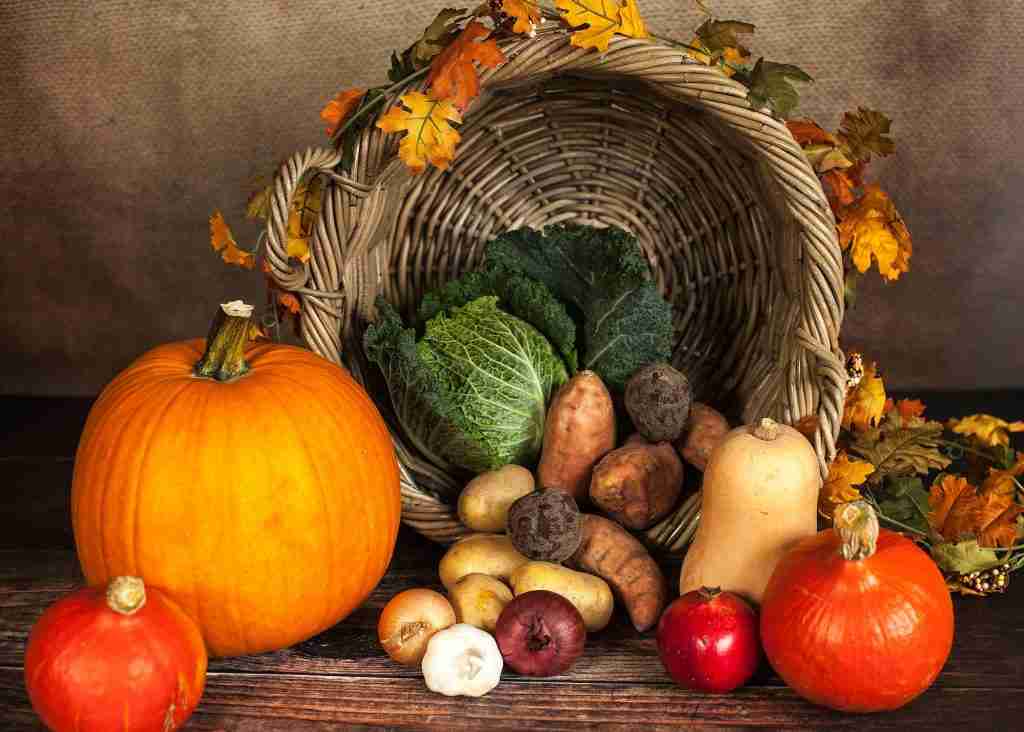

1. Start with small changes: Begin by making small changes to your daily routines and habits. Avoid changing everything at once to prevent feeling overwhelmed and falling back into your old habits.
2. Grow your own food: Even if you don’t have a large garden, you can grow your own food in containers or small raised beds. Choose plants that are well-suited to your local climate and soil conditions, and use companion planting techniques to maximize yields and promote biodiversity.
3. Learn how to care for the soil: Understanding proper soil care is essential for sustainable gardening and farming. By learning effective techniques, you can enrich the soil, promote plant growth, and contribute to a thriving ecosystem. Check my post ‘the science of growing nutrient dense vegetables’ to explore valuable insights on soil care and take your gardening skills to the next level.
4. Compost and recycle: Compost your food waste and recycle as much as possible. You can even start composting indoors. More about it below, and about composting in general here: https://horticulture.co.uk/how-to-start-a-compost-bin/
5. Use natural pest control methods: like companion planting and attracting beneficial insects.
Avoid the use of chemical weed killers, which has raised concerns about its potential environmental and health impacts.
Learn about the potential risks of one of the most popular weed killer – Roundup, and explore eco-friendly alternatives for effective weed management.
https://www.drugwatch.com/roundup/
https://www.drugwatch.com/roundup/alternatives/
6. Use natural cleaning products: Switch to natural cleaning products, like vinegar and baking soda, instead of harsh chemicals that can harm the environment.
When buying cleaning products, look for ones with ecolabel certifications, which indicate that the product has met specific environmental performance criteria and is considered environmentally preferable.
Look for products that use natural, plant-based ingredients and avoid those that contain toxic or harmful chemicals.
Learn how to make your own eco-friendly cleaning products: https://www.madeleineolivia.co.uk/blog/20-diy-natural-cleaning-recipes-hacks-tips
7. Make your own personal care products: like soap and shampoo, to reduce waste and avoid harmful chemicals.
8. Learn about sustainability: Educate yourself on how to become more sustainable. Look for more information in my future posts.
9. Switch to reusable products: such as water bottle, grocery bags, containers for food storage, straws, cleaning cloths, makeup remover pads, refillable water filter, razors, rechargeable batteries etc.
10. Support local farmers: Buying produce from local farmers and farmers markets is a great way to support sustainable agriculture and reduce the environmental impact of food transportation. Look for farmers who use regenerative practices and support their efforts to promote biodiversity.
11. Use renewable energy: Switching to renewable energy sources, such as solar or wind power, can help reduce your carbon footprint and support a more sustainable future.
12. Learn more about permaculture: There are many resources available online and in print that can help you learn more about permaculture principles and how to put them into practice. Look for books, videos, and online courses that can help you deepen your understanding of permaculture and its potential to create a more sustainable future.
13. Use rainwater harvesting systems: to capture and store water for later use.
14. Incorporate small livestock: Incorporate chickens or other small livestock to provide fresh eggs and fertilizer.
16. Use natural fertilizers: like compost and manure instead of chemical fertilizers to promote healthy soil.
17. Plant native species: to support local biodiversity and reduce water usage.
18. Use a bicycle or public transportation: if you can, to reduce your reliance on fossil fuels.
19 Practice sustainable agriculture techniques: like no-till farming, intercropping, and cover cropping.
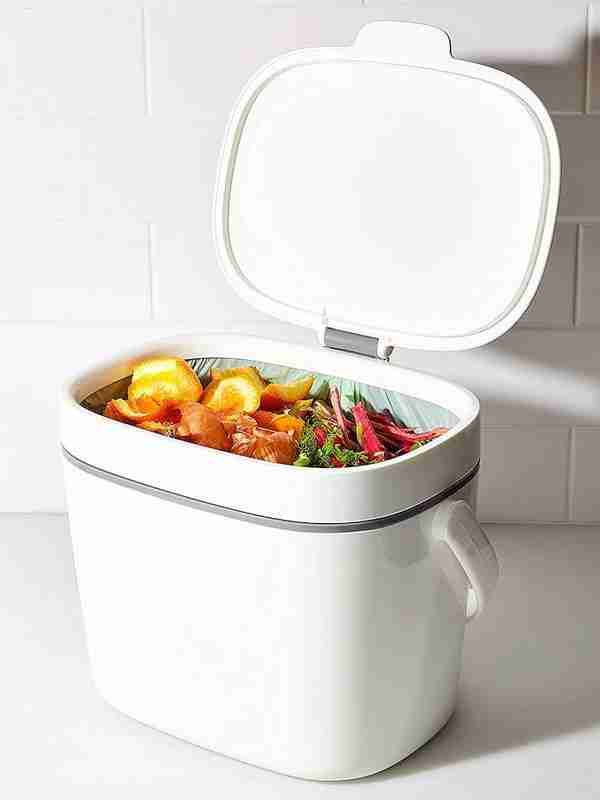
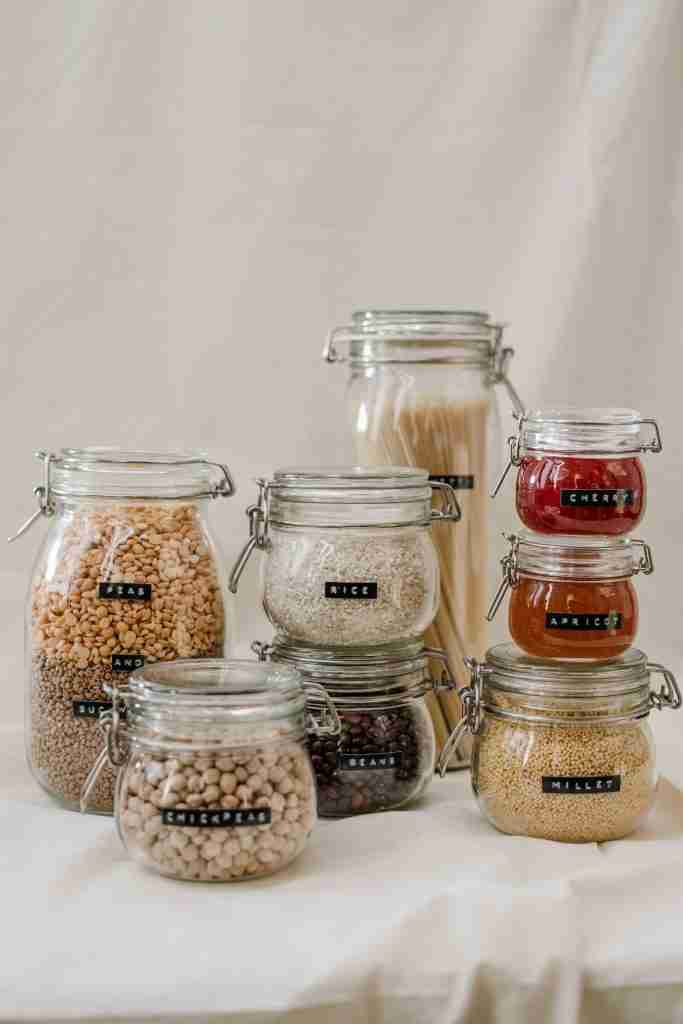
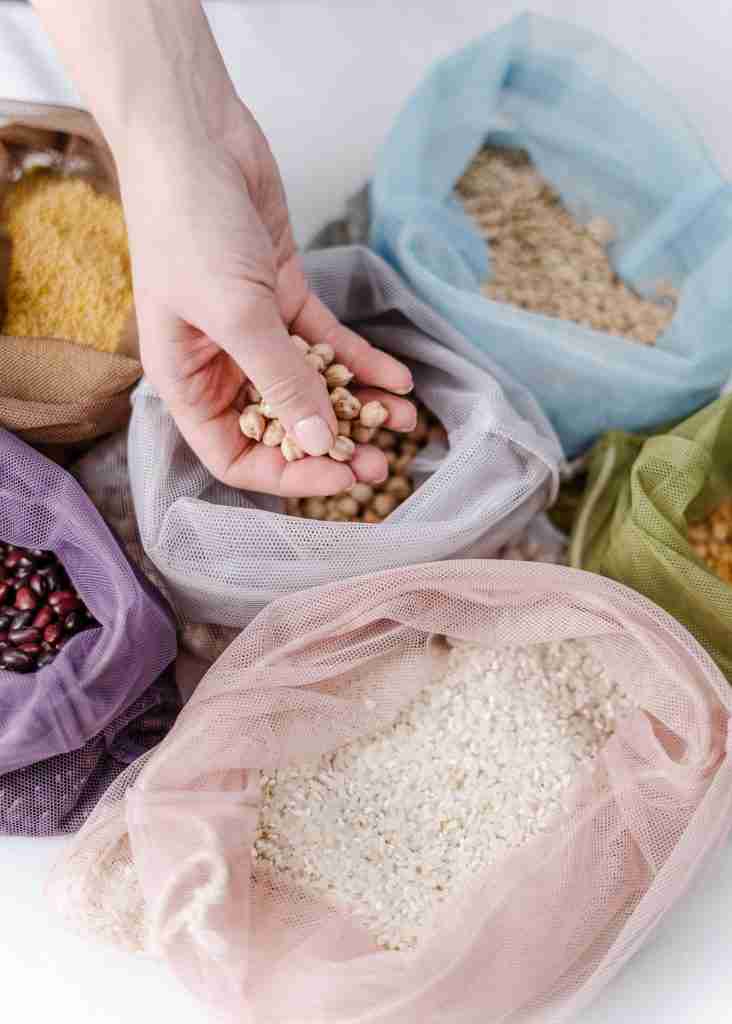
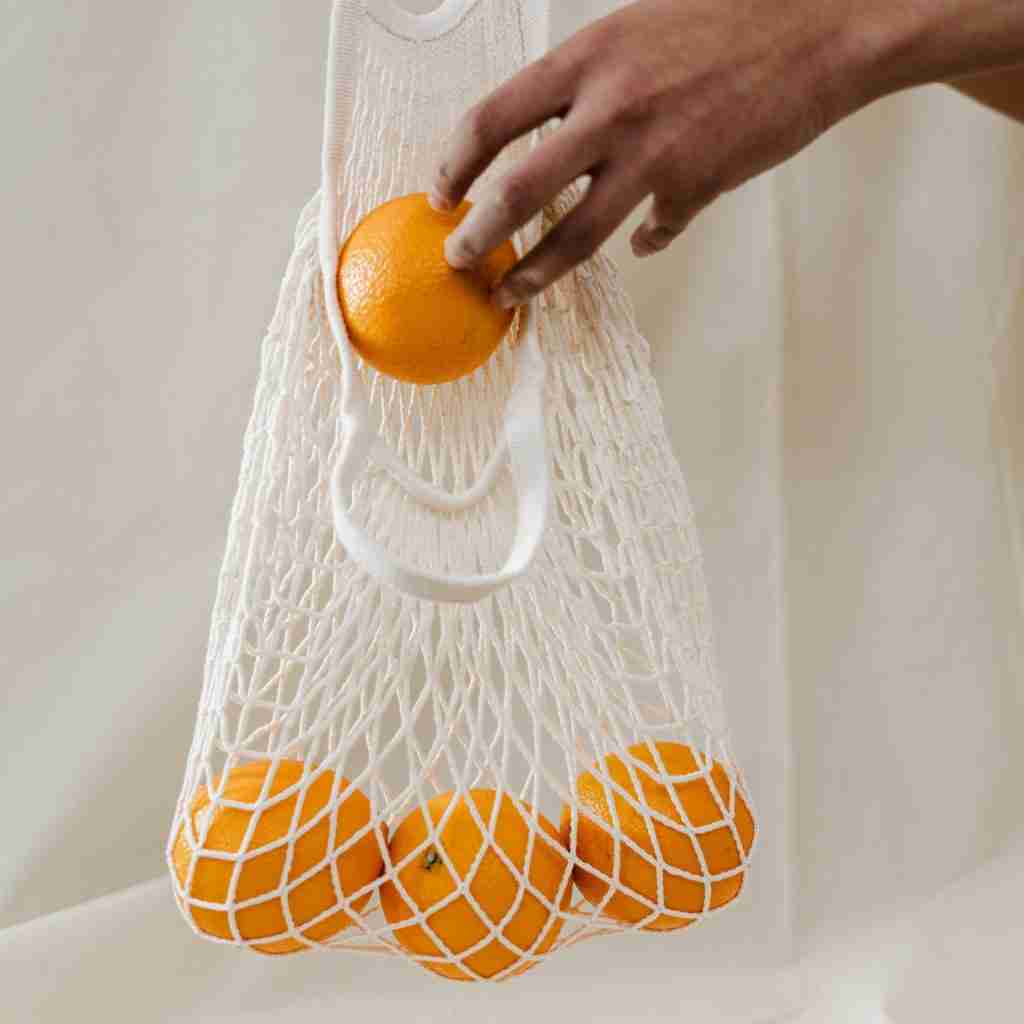
Composting in small places:
1. Use a compost bin: A compost bin can help contain your composting materials and keep them out of sight. You can purchase a small bin that fits on a balcony, patio, or even under kitchen sink. You can also make your own composting bin.
2. Use a compost tumbler: A compost tumbler is a compact, rotating container that makes it easy to turn your compost and mix in new materials. This can help speed up the composting process and reduce odors.
If you have a garden, you can build your own wooden crate for composting.
3. Choose your materials carefully: When composting in a small space, it’s important to choose materials that will break down quickly and won’t take up too much room. Some good options include vegetable and fruit scraps, coffee grounds, tea leaves, eggshells, and shredded paper or cardboard.
4. Chop or shred your materials: Chopping or shredding your composting materials can help speed up the composting process and reduce the amount of space they take up. Use a food processor or chop your materials with a knife before adding them to your compost bin.
5. Layer your materials: Layering your composting materials can help create a balanced mix of nitrogen-rich and carbon-rich materials, which is important for effective composting. Alternate layers of green materials (such as vegetable scraps) and brown materials (such as shredded paper or dry leaves) to create a balanced mix.
6. Keep your compost moist: Keeping your compost moist is important for the composting process. Add water as needed to keep your compost moist, but not soggy.
7. Turn your compost regularly: Turning your compost regularly can help speed up the composting process and reduce odors.
How to avoid bad smells making compost in the house
1. Use a container with a tight-fitting lid, but remember that it’s also important to allow air to circulate within the container to encourage the growth of aerobic bacteria, which are essential for breaking down the organic matter. Therefore, turn it a few times a week.
2. Use a compostable liner to line the bottom of your compost bin. This will help absorb excess moisture and prevent food waste from sticking to the bottom of the bin. Charcoal filters absorb odors.
3. Adding dry materials, such as shredded paper or dry leaves, to your compost bin can help absorb excess moisture and reduce odors.
4. Adding Bokashi bran to your compost bin can help speed up the composting process and reduce odors. Bokashi bran contains beneficial microorganisms that help break down food waste quickly and efficiently.
- https://www.bobvila.com/articles/indoor-composting/ – more interesting information.
- https://www.greenmatters.com/p/does-indoor-compost-smell – more interesting information.
Conclusion
Permaculture is an important design system that offers a solution to many of the challenges we face today, including climate change, environmental degradation, and the loss of biodiversity.
By promoting regenerative practices and creating sustainable ecosystems, permaculture can help restore damaged environments and promote biodiversity. As more and more people become aware of the need for sustainable living, permaculture is becoming increasingly popular.
And the best part is that anyone can start living with permaculture principles right now, regardless of their location or resources. By making small changes to our daily routines and habits, we can create a positive impact on the environment and the world around us.
From composting and recycling to supporting local farmers and using renewable energy sources, there are many simple yet effective ways to become more self-sustainable and reduce our carbon footprint. By learning more about permaculture and implementing its principles in our lives, we can create a brighter future for ourselves and for generations to come.
Learn more:

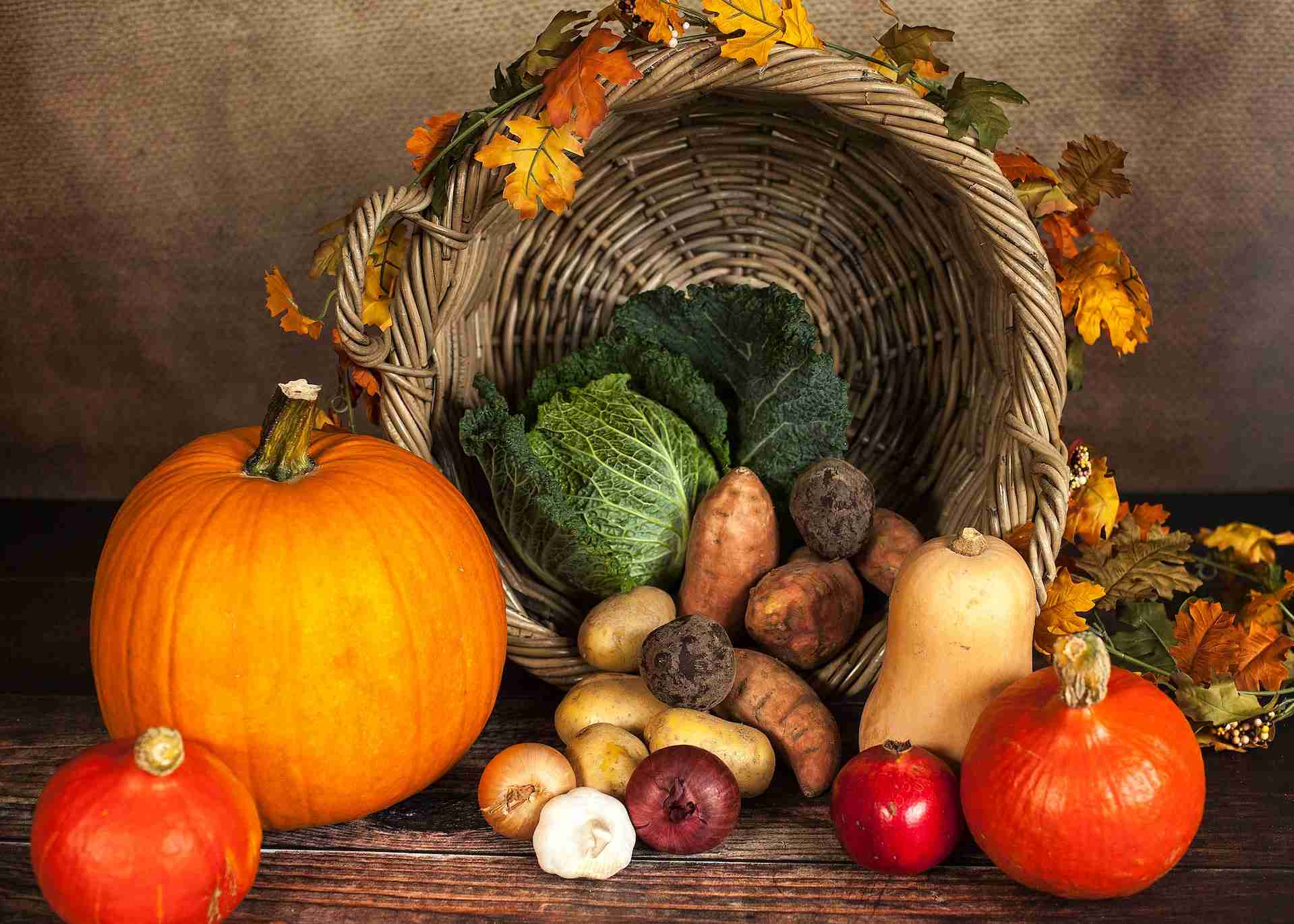
For anyone who hopes to find valuable information on that topic, right here is the perfect blog I would highly recommend.
I know a lot of folks whom I think would really enjoy your content that covers in depth. I just hope you wouldn’t mind if I share your blog to our community.
Of course, I would be more than happy if you shared my blog with your community! I’m glad you find my content valuable and think it could be helpful to others. Thank you so much for your support, and I welcome everyone to visit and share their thoughts!